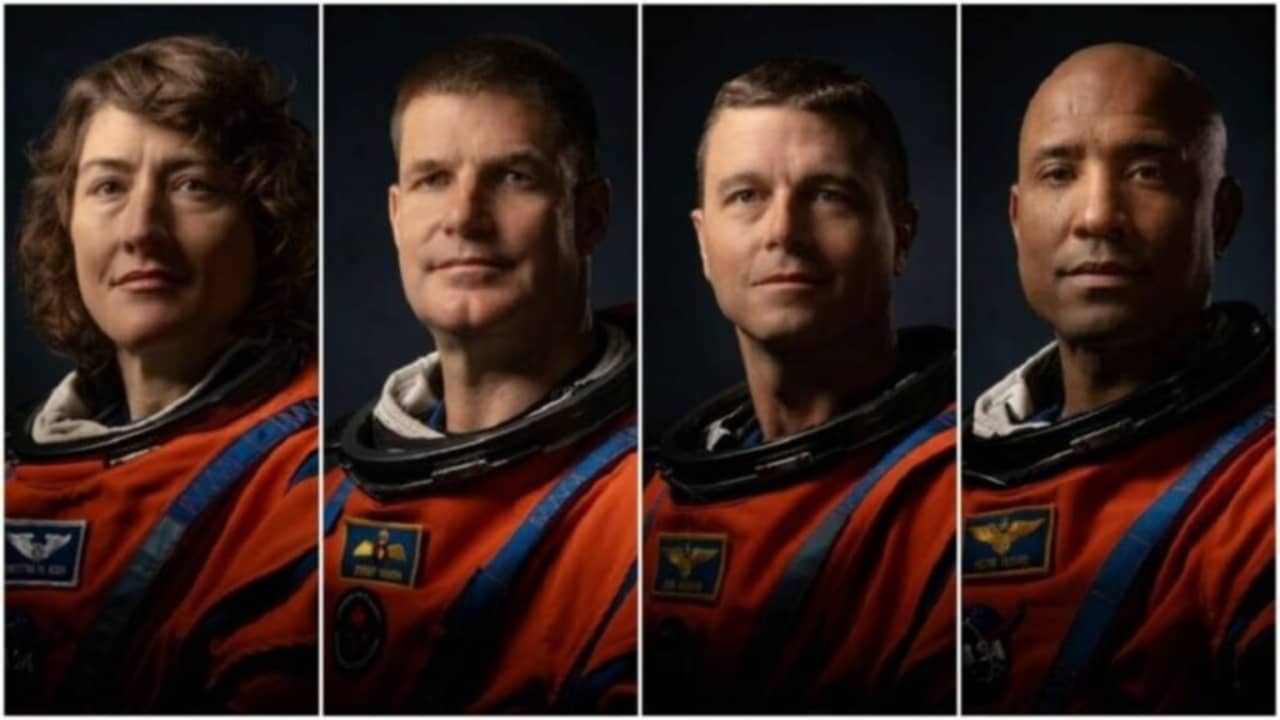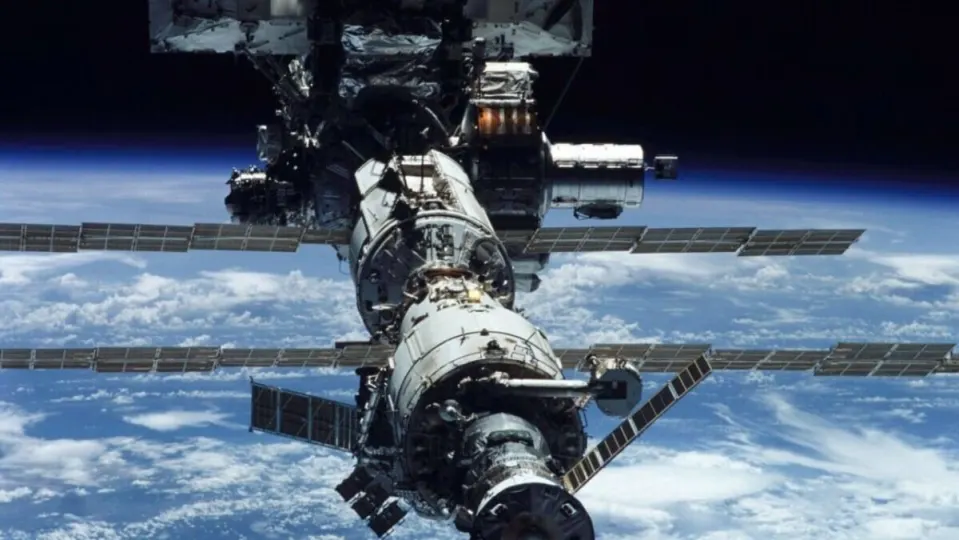Everything that happens in space piques our curiosity. For humans, everything beyond the stratosphere is the unknown. The realm of the stars. For thousands of years, we have been looking up, wondering about things… even how to drink water up there.
Astronauts aboard the International Space Station have achieved a water recovery rate of 98% in a groundbreaking accomplishment, thanks to a method that might make the faint of heart cringe: they have reached the pinnacle of recycling astronaut urine.
The water recycling achievement is a significant milestone for low-Earth orbit missions aiming to meet the basic needs of astronauts without resupply missions.
This entails recycling or regenerating essentials such as food, air, and water, saving billions of dollars in space resupply missions.
What an astronaut needs to survive
In the case of the International Space Station (ISS), each crew member requires approximately half a liter of water per day for drinking, food preparation, and hygiene purposes such as brushing their teeth.
The ideal target in terms of water has been a recovery rate of 98% of the initial water brought to space by the crews at the beginning of longer missions.
“This is a significant step forward in the evolution of life support systems,” said Christopher Brown, part of the team at the Johnson Space Center that manages life support systems on the ISS, in a statement.

“Let’s say you launch with 45 kilograms of water. You lose 1 kilogram of water along the way, and the remaining 98% keeps cycling. Keeping that running is quite an impressive achievement.”
The milestone of water recovery was achieved by the Environmental Control and Life Support System (ECLSS) during a demonstration of the enhanced Urine Processor Assembly (UPA), which recovers water from urine through vacuum distillation.
The ECLSS is composed of a combination of hardware, including a Water Recovery System that collects wastewater and advanced dehumidifiers that capture moisture from the air inside the ISS as a result of the crew’s breathing and sweating.
This collected water is sent to the Water Processor Assembly (UPA), which then produces potable water. The UPA component of the ECLSS distills urine, but as a byproduct of this process, brine is produced, which still contains some unused water.
A Brine Processor Assembly (BPA) was added to the UPA to extract this remaining residual water. While demonstrating its operation in the microgravity of space, the BPA pushed the ECLSS to the 98% target.
“Before the BPA, our total water recovery was around 93 to 94% overall,” said Jill Williamson, the Water Subsystem Manager for the ECLSS. “Now we have demonstrated that we can achieve a total water recovery of 98% thanks to the brine processor.”
The 98% milestone is promising for future space missions where astronauts will spend longer durations in space during extended stays on the lunar surface and crewed missions to Mars.
Some of the links added in the article are part of affiliate campaigns and may represent benefits for Softonic.

